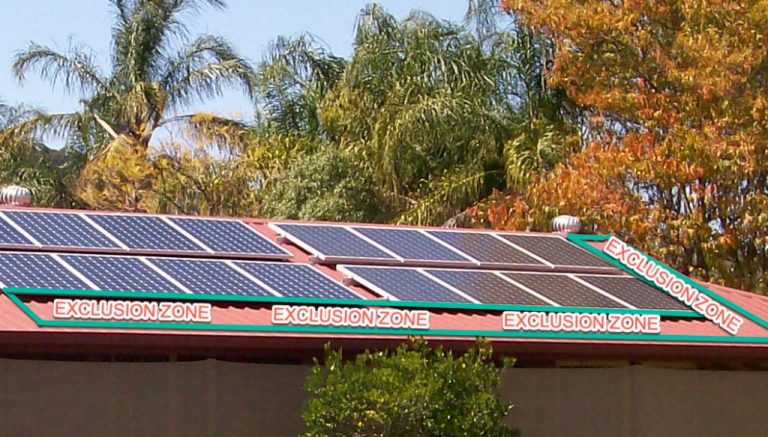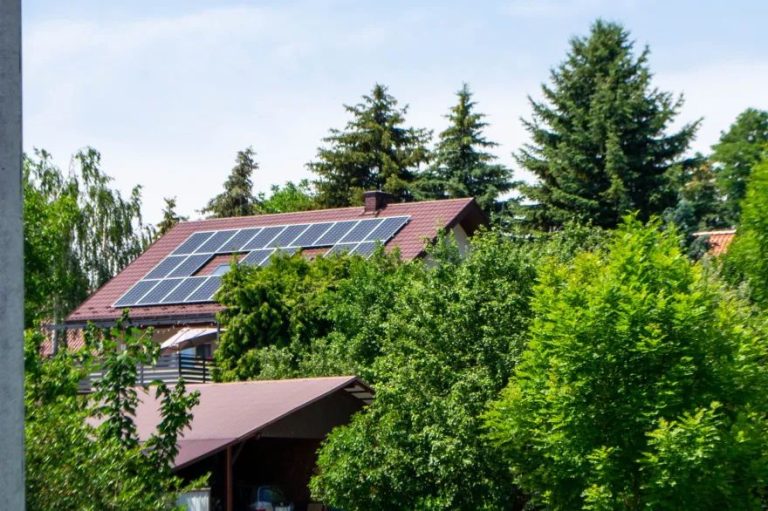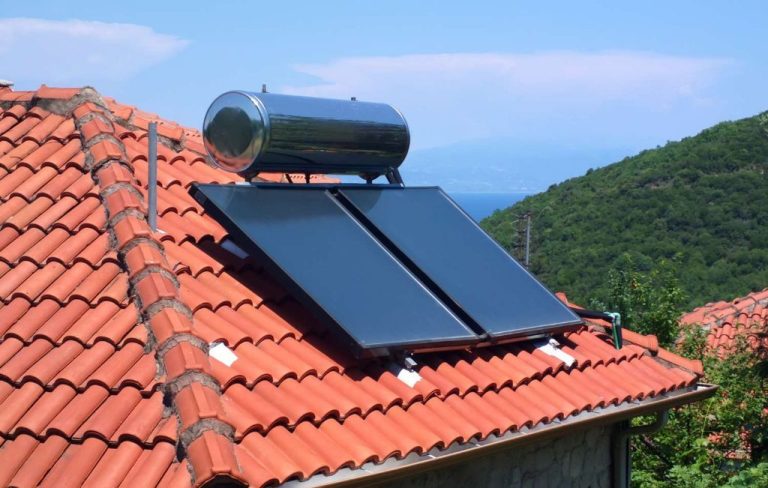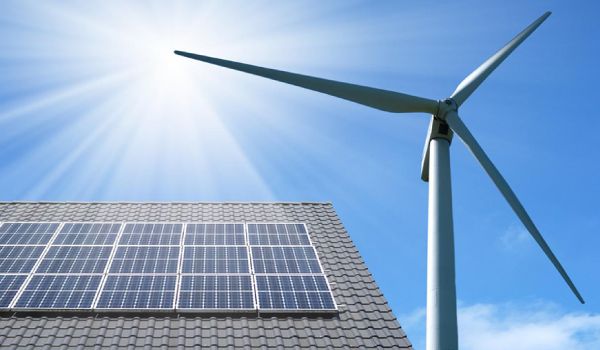What Will A 500 Watt Solar System Power?
A 500 watt solar system refers to a photovoltaic solar energy system that has a total power output capacity of 500 watts. These systems convert sunlight into usable electricity through solar panels, providing sustainable and clean power for residences or small businesses.
At a high level, a 500W solar system consists of solar panels that absorb sunlight and convert it into DC (direct current) electricity. This DC power goes through a charge controller which regulates the voltage and current coming from the panels. The power is then sent to batteries for storage, which allows using the electricity when the sun isn’t shining. Finally, an inverter converts the DC electricity from the batteries into AC (alternating current) power that can be used to run appliances and electronics. The components work together to harvest renewable solar energy for off-grid or grid-tied usage.
Typical Components of a 500 Watt Solar System
A basic 500 watt solar system consists of the following core components:
Solar Panels
Solar panels, also called photovoltaic (PV) panels, absorb sunlight and convert it into DC electricity. For a 500 watt system, you would typically need 3-5 standard 60-100 watt solar panels linked together. The solar panels are the power source for the system.
Charge Controller
The charge controller manages the power from the solar panels going into the battery bank. It ensures the batteries are safely charged without being overcharged.
Batteries
Deep cycle lead-acid batteries store the electricity produced by the solar panels. For a 500 watt system, you typically need 400-600 amp hours (Ah) of battery storage capacity.
Inverter
An inverter converts the DC electricity from the batteries into standard 120V AC electricity used by household appliances and lights. A 500 watt inverter or larger is standard for this size system.
Powering Small Appliances
A 500 watt solar panel system can provide sufficient electricity to power a variety of small household appliances and devices. Some examples of small appliances that a 500W solar system could effectively run include:
- LED light bulbs
- Laptop computers and tablets
- Smartphones and mobile devices
- Small kitchen appliances like toasters and coffee makers
- Portable fans and small heaters
- Security cameras and WiFi routers
- Speakers and other audio devices
- Electric shavers and hair dryers
These types of small electronics and appliances generally consume very little power, often less than 100 watts each. A properly designed 500W solar system would have the capacity to easily power several of these smaller loads simultaneously. For example, you could comfortably run lights, laptops, phones, a router, and a speaker system all at the same time with power to spare. The key is balancing the total load to stay within the solar system’s production capacity.
Powering Major Appliances
A 500W solar system can potentially power larger appliances like a refrigerator, air conditioner, or electric stove, but there are some important caveats. The power consumption of major appliances can vary widely, from around 100W for a compact refrigerator to 2000W or more for a central AC unit. Here are some guidelines on powering major appliances with a 500W solar system:
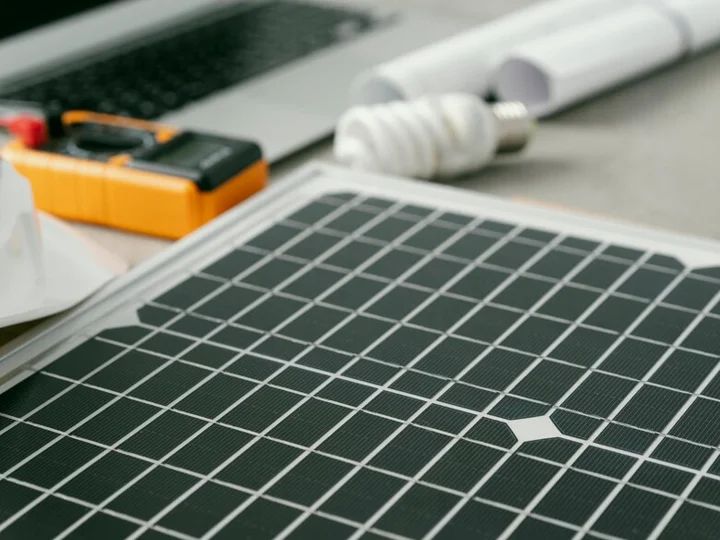
- Refrigerator – A small, energy efficient model may work, depending on other loads. Look for around 100-150W consumption.
- Window AC unit – A small 5000 BTU unit (500-600W) may work for a few hours per day. Larger units likely won’t run at full capacity.
- Electric stove – Running both the oven and hot plates together likely exceeds 500W. But the stove may work for short periods of time.
The key is to balance the electrical load. Running multiple high-wattage appliances simultaneously will overload a 500W system. Carefully tracking appliance wattages and runtime is important. Upgrading to a larger off-grid solar array may be necessary to power high-energy appliances indefinitely.
Calculating Power Needs
Determining the amount of power you need from your solar system is an important first step. Start by taking an inventory of the appliances and devices you want to run using solar power. Note the wattage of each appliance – this rating should be on the device or in its user manual. Some common appliance wattages are:
- LED light bulb: 5-15 watts
- Tablet/phone charger: 5-12 watts
- Laptop: 50-60 watts
- Mini-fridge: 100-150 watts
- Window AC unit: 500-1500 watts
- Electric space heater: 750-1500 watts
Add up the wattages of all the appliances you intend to run at once. This will tell you the total wattage your solar system needs to produce to power those devices simultaneously. Remember to account for future energy needs too – you may add more appliances down the road. Also factor in that solar panels do not operate at their full rated wattage all day – conditions like clouds reduce their output. As a rule of thumb, to run 1000W of appliances, plan for 1500-2000W of solar panel capacity.
Off-Grid vs Grid-Tie
When installing a solar system, you have two main options – off-grid or grid-tie. Both have their advantages and disadvantages to consider:
Off-Grid Solar:
An off-grid system means it is completely independent of the main electrical grid. It stores solar power in batteries and provides electricity just for your home or facility.
Pros:
- You can live fully “off the grid” and independent of utility companies.
- Power is available even during grid outages.
- You can install an off-grid system anywhere, including remote locations.
Cons:
- More expensive upfront cost for batteries.
- Requires battery maintenance and eventual replacement.
- May need a backup generator if batteries are depleted.
Grid-Tie Solar:
A grid-tie system connects to the utility grid, feeding excess solar power into the grid during the day and pulling from the grid when solar production is low.
Pros:
- Lower upfront cost without batteries.
- Can size the system according to your electricity usage.
- Use grid power as backup when needed.
Cons:
- Provides no power during grid outages.
- Subject to utility control and regulations.
- May need special meters or equipment.
Expanding the System
A 500 watt solar system offers a good starting point, but many homeowners eventually find themselves wanting to expand and increase their solar energy production and storage capacity. There are a few ways to scale up a solar system over time.
The simplest option is to add more solar panels. Adding just one or two 250 watt panels can make a significant difference in how much sunlight is converted to electricity. With today’s panel technology, a system can easily expand to 1,000+ watts for most residential homes. It’s as easy as mounting the new panels on an available roof space and connecting them to the existing setup.
Upgrading the batteries is another way to expand the system. Adding more deep cycle batteries increases the amount of stored energy for use when the sun isn’t shining. While lead acid batteries are most common for solar systems, alternatives like lithium-ion may allow greater storage capacity and longer battery life. Just make sure to get batteries designed specifically for solar storage.
Inverters and charge controllers may also need upgrading when adding more solar capacity. A larger inverter will be required to handle the increased wattage from new panels. And an upgraded charge controller ensures efficient charging and prevents overcharging or undercharging the batteries.
With the modular nature of solar panel systems, expanding over time is straightforward. A professional installer can ensure compatibility and proper integration of any new components.
Battery Selection
Choosing the right battery is crucial for any off-grid solar power system. There are a few main types of batteries suitable for solar energy storage:
Lead-acid batteries – These are the most affordable option but have a shorter lifespan. They contain lead electrodes and sulfuric acid electrolyte. Lead-acid batteries for solar include:
- Flooded lead-acid batteries – Require maintenance to check electrolyte levels.
- AGM lead-acid batteries – Absorbed glass mat design needs less maintenance.
- Gel lead-acid batteries – Uses a silica gel electrolyte instead of liquid.
Lithium-ion batteries – More expensive but longer lasting. They have lithium metal oxide cathodes and graphite anodes. Popular lithium-ion types are:
- Lithium nickel manganese cobalt oxide (NMC)
- Lithium iron phosphate (LFP)
- Lithium titanate oxide (LTO)
When selecting batteries, key factors are cost, cycle life, depth of discharge, maintenance needs, and operating temperature range. It’s best to consult with a solar installer to determine the right battery bank for your system’s needs and budget.
Installation and Maintenance
Installing a solar system can be complex, so many homeowners choose to hire a professional solar installer. However, with proper planning and research, installing solar panels yourself is certainly achievable as a DIY project.
The main steps for installing solar panels include:
- Obtaining permits and approvals from local authorities
- Assessing the site and positioning panels for optimal sun exposure
- Mounting and securing the panels, usually on a roof
- Running wiring from panels to the inverter and battery bank
- Connecting and testing the full system
Basic maintenance for a solar system involves keeping panels clean, checking connections, monitoring performance, and replacing any damaged components. Panels may need occasional cleaning since dirt buildup can reduce efficiency. Wiring and connections should be inspected annually. Monitoring system performance regularly can detect any drops in production. Battery maintenance depends on the type of batteries used.
Overall, solar systems require fairly minimal maintenance. Professional installers will provide maintenance guidance and many offer service contracts for periodic inspections and upkeep.
Costs
The cost to install a 500 watt solar power system can vary greatly depending on the components and setup you choose. Here’s a typical breakdown:
Solar Panels
For a 500 watt system, you’ll need around 3-4 standard home solar panels rated at 250-300 watts each. At around $200 per panel, expect to pay $600-$800 just for the solar panels.
Charge Controller
A charge controller regulates power from the solar panels to the batteries. Plan on spending $100-$300 for a MPPT or PWM charge controller capable of handling 500+ watts.
Batteries
Batteries are one of the biggest expenses. For a 500 watt off-grid system, you may need 400-800 amp hours of deep cycle batteries. At around $150-$300 per 100 amp hour battery, batteries can cost $600-$2,400 depending on energy storage needs.
Inverter
A power inverter converts DC electricity from batteries into standard 120V AC power for appliances and devices. Expect to pay $100-$500 for a good pure or modified sine wave inverter rated for 500+ watts.
Wiring, Mounts, Enclosures
Other components like circuit breakers, wire, conduit, enclosure boxes, and solar panel mounts can add another $200-$500 in miscellaneous costs.
In total, a basic 500 watt solar power system can cost around $1,500-$4,000 depending on the specific components used in the system.

